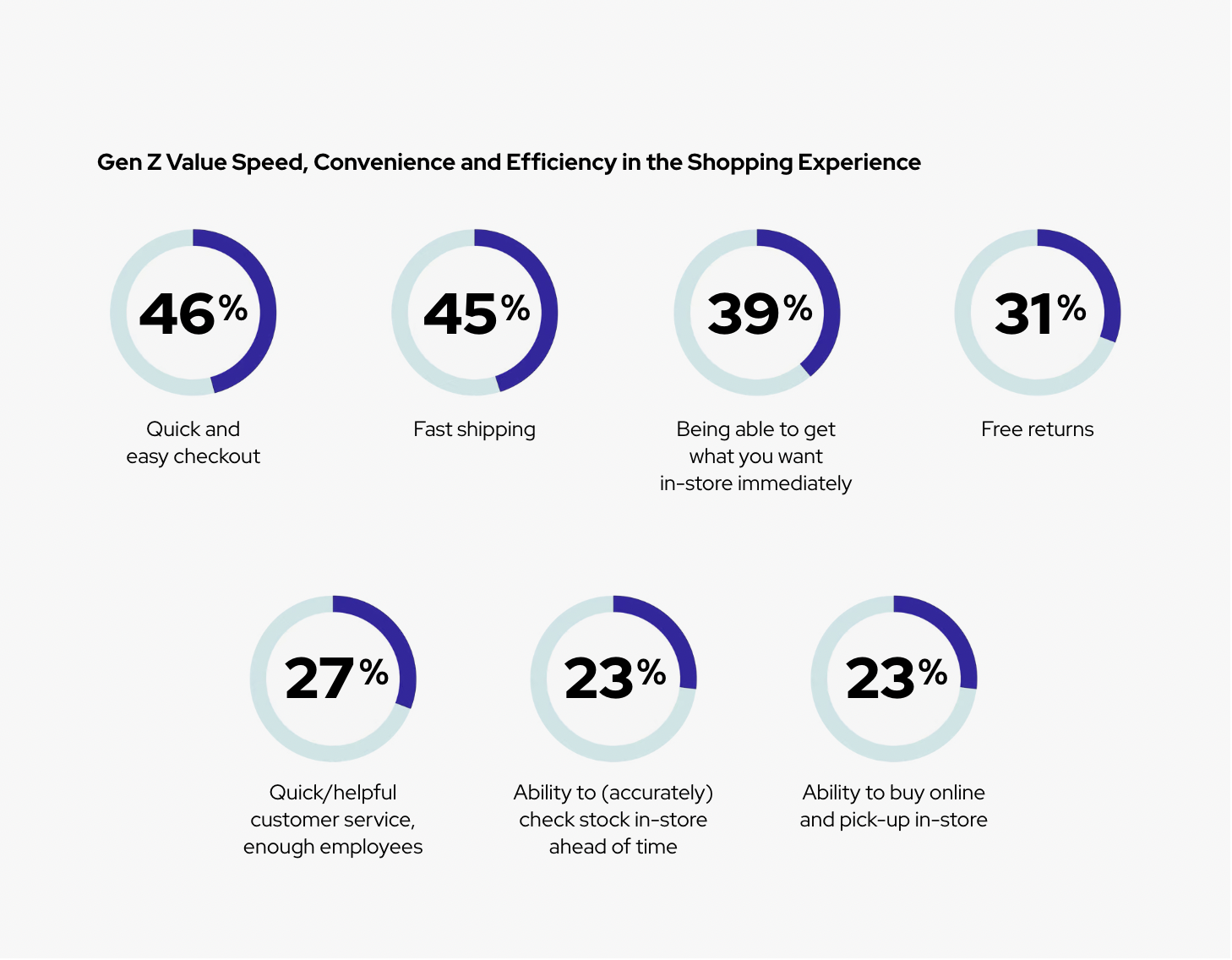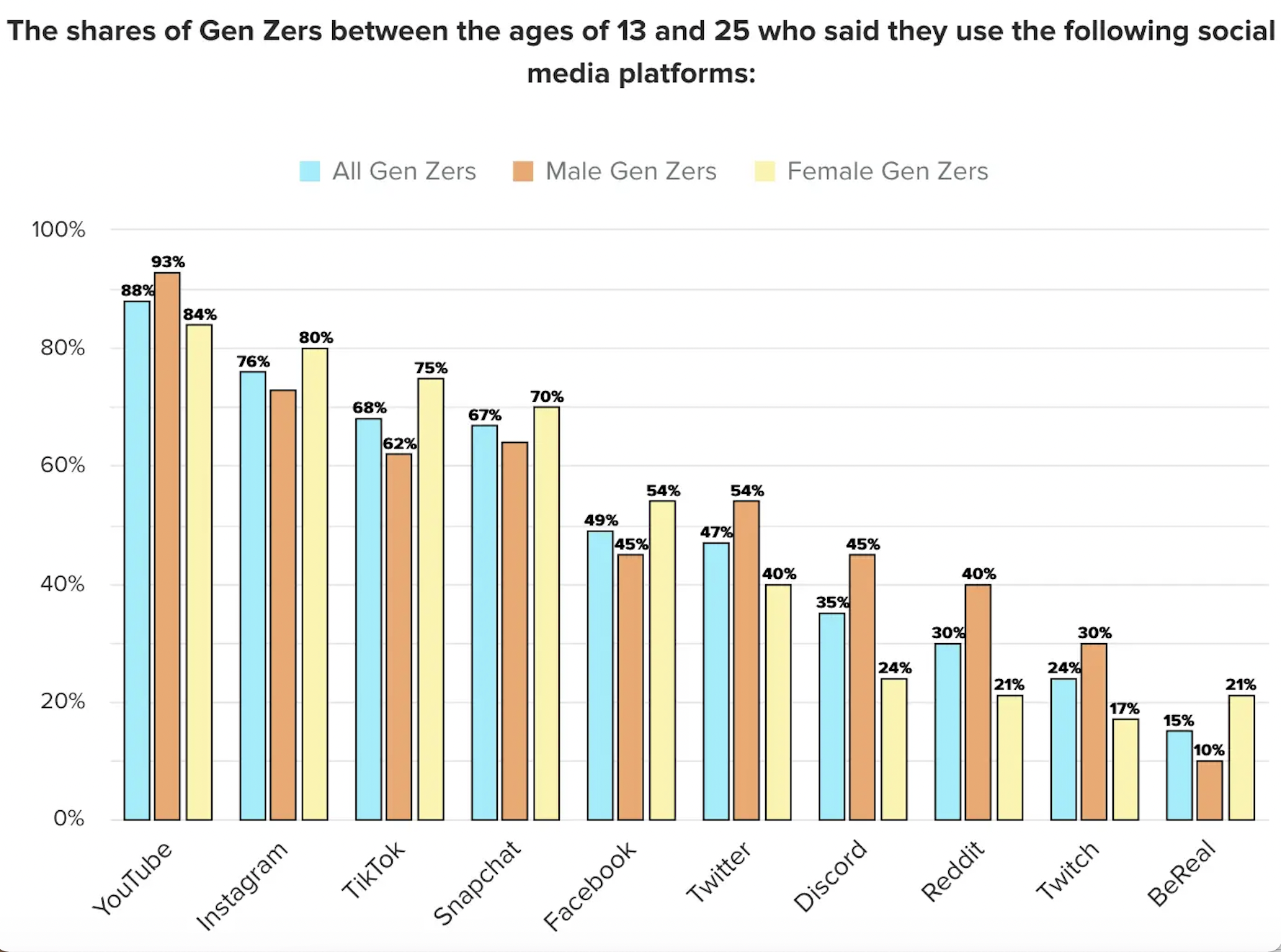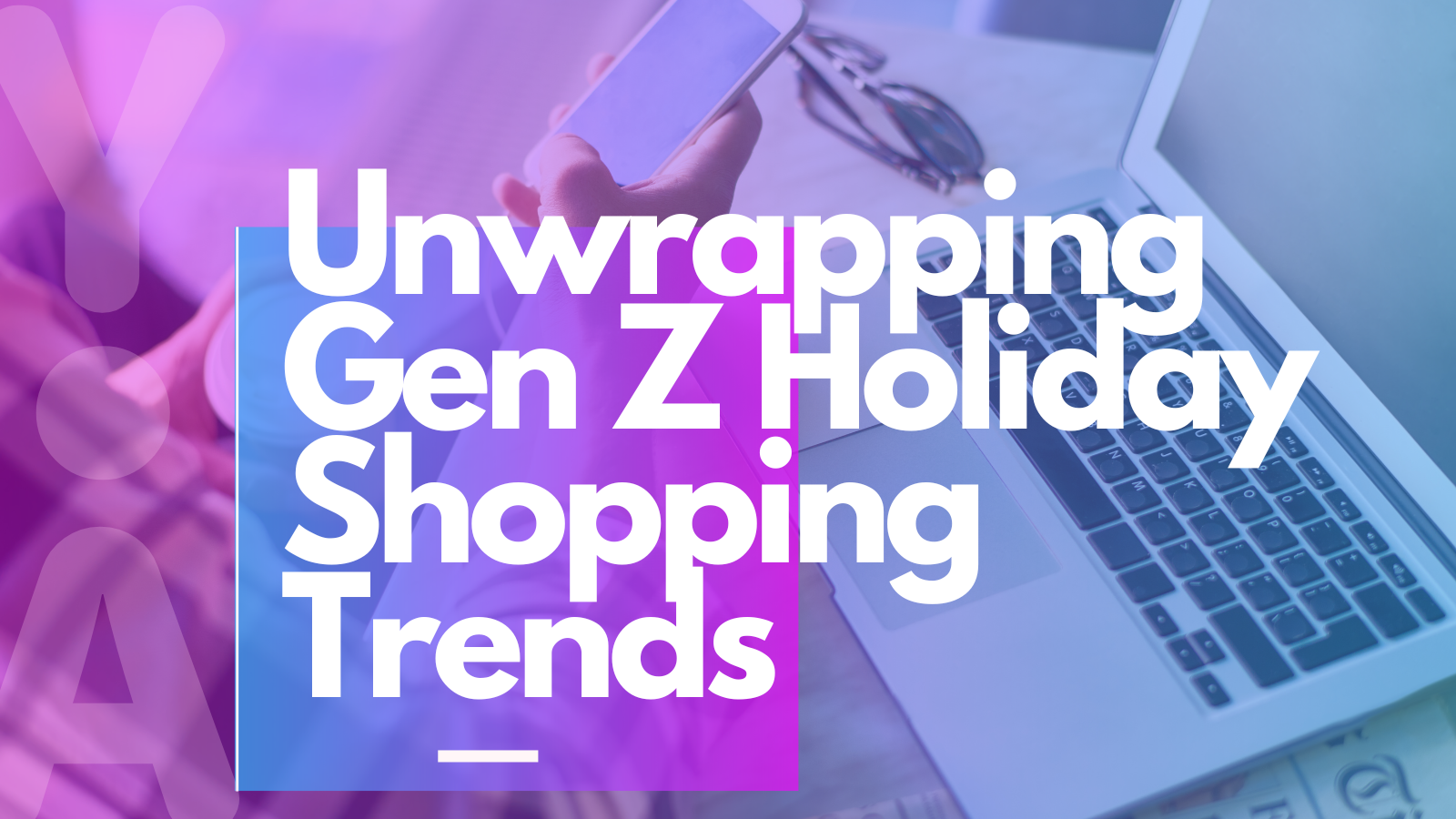Generation Z (Gen Z) is a formidable market force, holding significant influence over trends that shape the digital marketplace. It’s estimated that the Gen Z audience represents about $143 billion in annual purchasing power. Understanding and adapting to the spending habits of different demographic groups enables app marketers to maximize their ad spends impact. The holiday shopping season is a pivotal period for mobile marketers to strategically connect with Gen Z consumers as mobile technology continues to play an integral role in consumers’ daily lives,
By paying careful attention to Gen Z spending habits during the holidays, mobile marketers can tailor their strategies to effectively re-engage this demographic, capitalize on emerging trends, and forge lasting connections that extend beyond the festive season.
Gen Z’s 2023 Holiday Shopping Trends
Gen Z is a group made up primarily of digital natives. These consumers have had technology integrated as a part of their daily routine since they were young. However, even with their advanced knowledge of smartphones and other digital devices, many still prefer in person experiences and have dramatic opinions when it comes to the way they are advertised to.
In Person Shopping
Gen Z shoppers are surprising many marketers with their preference for physical stores rather than relying solely on the convenience of online shopping. Nearly 97% of Gen Z who shop at brick-and-mortar stores also shop online (95%). Of those who shop in-store, 30% do so to get products immediately, while 28% are driven by the tactile experience of seeing, touching and trying products.
This generation prioritizes experiences, especially when it comes to spending their money. This may come from years of lockdown during impressionable periods of their upbringing. Savvy marketers will need to bridge the gap between this generation’s online and offline shopping behaviors to take advantage of the growing opportunity to earn their loyalty.
Unique Experiences
Over 70% of the Gen Z audience wants brands to do something new and unique. This could be anything from creative marketing campaigns to presenting products that have not been on the market before. Because the Gen Z consumer has had access to screens for the majority of their lives as they range from 11 to 26 years old, they have a desire for individuality, authenticity, and personalization. Gen Z seeks to express their uniqueness through the products they choose, therefore cookie-cutter, mass-produced offerings often fall short of capturing their attention.
Marketing that speaks directly to their interests and experiences is more likely to capture their attention than generic, one-size-fits-all approaches. This generation appreciates brands that invest in understanding their specific needs, values, and aspirations, favoring authenticity over traditional marketing gimmicks. Therefore, for Gen Z, the appeal lies in products and marketing campaigns that recognize and celebrate their individuality, fostering a sense of connection and loyalty.
Social Media Influence
Social media is a huge influence when it comes to Gen Z’s shopping habits during the holidays. Twenty-nine percent of Gen Z said that they were more likely to purchase from a brand with a social media presence and 97% of Gen Z shoppers claim that they get their inspiration from social media. The visual and interactive nature of these platforms allows for a more immersive and personalized shopping experience, enabling Gen Z to discover and engage with products seamlessly.
The constant stream of user-generated content, reviews, and influencers showcasing products creates a social validation loop, influencing their perceptions and ultimately driving purchasing decisions. Social media, therefore, serves as a powerful avenue for brands to establish connections with Gen Z consumers and stay at the forefront of their minds when making informed purchasing choices.
Winning the Gen Z Audience During the Holidays
To grab the attention of the Gen Z audience during the holiday season, mobile marketers should adopt strategies that align with Gen Z's preferences, behaviors, and values. Some effective approaches to winning these young users are immersive shopping experiences, leveraging social media platforms, invoking FOMO and making sure purchasing is streamlined.
Creating an Immersive Shopping Experience
In order to captivate and win over Gen Z shoppers, apps must compete with in-person shopping by creating immersive mobile shopping experiences. The Gen Z shopper craves engaging, interactive platforms that offer more than just a product catalog. Successful apps should leverage augmented reality (AR), virtual reality (VR), and interactive features to provide users with a dynamic and personalized shopping adventure. Incorporating visually appealing and shareable content, such as short videos and interactive product showcases, can enhance the overall experience.
App marketers can engage these younger consumers with enticing visuals and messaging that communicates this type of experience. With in-person shopping still being the most popular way to shop this holiday season, marketers need to make sure that their ads are unique and creative. Try playing with interactive ad formats and videos to re-engage Gen Z users. By embracing these elements, apps can position themselves as not just shopping destinations but immersive digital spaces where Gen Z shoppers feel connected, inspired, and eager to explore.
Speedy Purchasing
Gen Z consumers have certain expectations of the brands they choose to support or the retailers they opt to shop with. Convenient mobile checkout has become an indispensable feature in retaining Generation Z users due to their fast-paced, digital-native lifestyles. Gen Z, having grown up with smartphones as extensions of themselves, values efficiency and simplicity in their online interactions. A seamless and user-friendly mobile checkout process aligns with their expectations for quick and hassle-free transactions.
Cart abandonment rate for mobile users is 85%. In fact, people are more likely to abandon a shopping cart while using a smartphone than on any other device because many sites aren’t optimized for mobile. The checkout experience is clunky and glitchy and leaves customers dissatisfied. With a limited attention span (about eight seconds, four seconds less than that of millennials), Gen Z users are more likely to complete a purchase when the checkout process is streamlined, eliminating unnecessary steps and minimizing friction. Brands that prioritize a convenient mobile checkout experience not only cater to Gen Z's preferences but also demonstrate an understanding of their need for instant gratification. By offering a hassle-free mobile checkout, businesses not only increase the likelihood of completing transactions but also contribute to a positive user experience, fostering brand loyalty among this tech-savvy generation.

Source: ICSC
Leverage Social Media Platforms
Gen Z is highly active on platforms like Instagram, TikTok, and Snapchat. App marketers can create visually appealing and authentic content that resonates with the culture of these platforms. By using short-form videos, engaging visuals, and storytelling to showcase holiday-themed promotions, marketers can win over the attention of this audience. Marketers should also be aware that different types of creatives work better on different platforms.

Source: Later.com
Snapchat, for example, offers a variety of ad formats including Snap Ads and Sponsored Lenses, often integrating seamlessly with user-generated content. It emphasizes storytelling in short bursts and appeals to a broad age range. On the other hand, TikTok, centered around short-form videos, encourages creative challenges and trends, making it a more dynamic platform for user engagement. TikTok ads often blend with user-generated content, fostering an immersive experience. App marketers should be aware of these differences when creating ads for their Gen Z audience over the holiday season.
Invoking FOMO (Fear of missing out)
Invoking the “Fear of Missing Out” (FOMO) is a powerful strategy for re-engaging Gen Z shoppers due to their desire to stay connected and in-the-know. Utilizing this in marketing appeals directly to their sense of urgency and the need to be part of the latest trends. By crafting campaigns that emphasize limited-time offers, exclusive deals, or unique experiences, brands can rekindle Gen Z's interest and prompt them to take immediate action, capitalizing on their fear of missing out on something exciting or valuable.
Try offering mobile only deals that end after the holiday season or rewards based on purchasing through the mobile app. These time-sensitive campaigns can drive Gen Z shoppers to take immediate action.
Takeaways of Unwrapping Gen Z Holiday Shopping Trends
As mobile technology continues to play an integral role in their daily lives, the holiday shopping season becomes a pivotal period for mobile marketers to strategically connect with Gen Z consumers.
Winning the Gen Z Audience During the Holidays
- Creating an Immersive Shopping Experience: The Gen Z shopper craves engaging, interactive platforms that offer more than just a product catalog. Successful apps should leverage augmented reality (AR), virtual reality (VR), and interactive features to provide users with a dynamic and personalized shopping adventure
- Speedy Purchasing: Gen Z consumers have certain expectations of the brands they choose to support or the retailers they opt to shop. Convenient mobile checkout has become an indispensable feature in retaining Generation Z users due to their fast-paced, digital-native lifestyles.
- Leverage Social Media Platforms: Gen Z is highly active on platforms like Instagram, TikTok, and Snapchat. App marketers can create visually appealing and authentic content that resonates with the culture of these platforms.
- Invoking FOMO (Fear of missing out): By crafting campaigns that emphasize limited-time offers, exclusive deals, or unique experiences, brands can rekindle Gen Z's interest and prompt them to take immediate action, capitalizing on their fear of missing out on something exciting or valuable.

